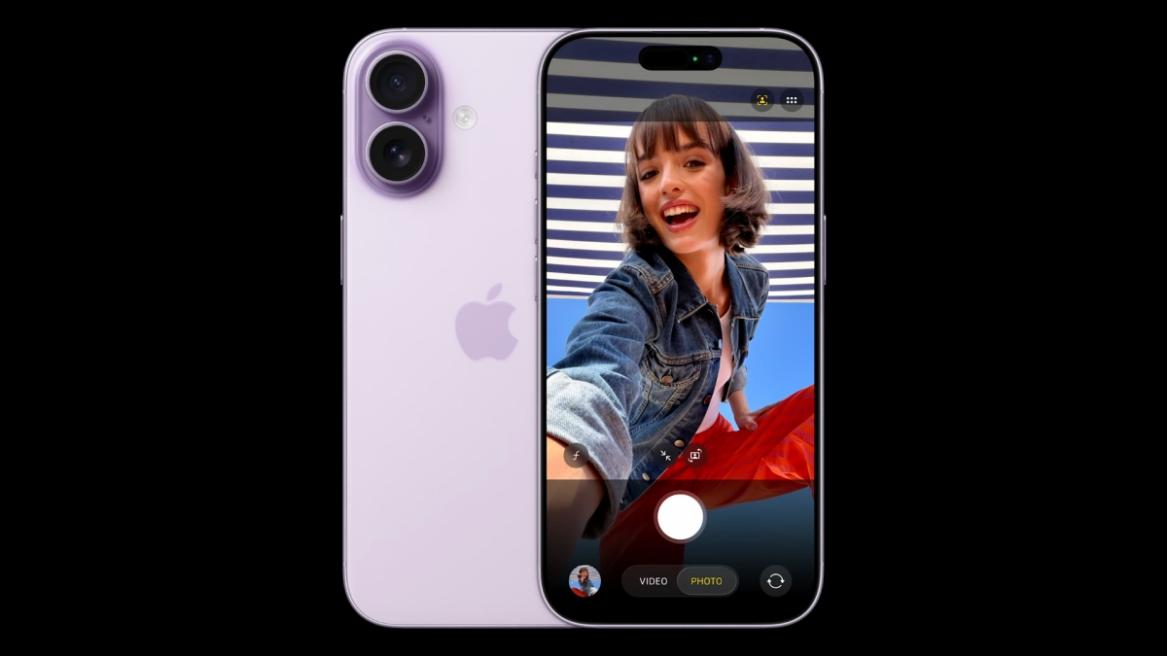Here’s the rewritten content in Markdown format:
Summary:
The new iPhone 17 series has revolutionized the way we take selfies with its large, square-shaped sensor in the selfie camera. This innovative feature not only produces sharper pictures but also enables users to capture wide landscape selfies while holding their iPhone upright, eliminating the need to tilt their phone to a landscape position.
How iPhone 17’s Square Sensor Changes Selfies
Taking selfies has become an integral part of our daily lives, and one issue that has remained consistent across devices is the hassle of turning your phone sideways when taking group selfies or wanting to capture more of your background. However, the new front camera setup in the iPhone 17 smartly addresses this problem by incorporating a large, square-shaped sensor in the selfie camera.
The 18 MP Center Stage front camera features an innovative design that sets it apart from traditional cameras. Unlike rectangular sensors, which limit how you can frame your photos, a square sensor allows for flexibility and quality in any orientation. This means users can expand to landscape view while comfortably holding their iPhone 17 in an upright position, without the need to fiddle around in landscape mode.
Moreover, this large sensor size also accommodates wide-angle selfies with ease, making it simple and effective implementation that could have been introduced much earlier by other companies. The innovative design of the selfie camera has sparked a new trend in smartphone technology, setting a new standard for future flagships across Android and iOS devices.
Probably The Best Camera Setup for Video Calls
The Center Stage camera in iPhone 17 is not only ideal for taking selfies but also excels at handling video calls and FaceTime. Its ability to automatically readjust the viewfinder depending on how many people are in the frame makes it an excellent feature for group conversations. This innovative setup can seamlessly switch from portrait to landscape, wide portrait, or wider landscape views, ensuring high-quality visuals throughout.
Apple explained during its presentation that the new setup and larger sensor enable the creation of stable videos with high quality. The technology employed to stabilize footage is identical to the one used in iPhone’s Action mode feature, providing smooth and clear video for FaceTime calls and selfie videos. This optimized camera setting ensures users can focus on their conversations without worrying about shaky or distorted images.
Why This Change is Bigger Than iPhones
The introduction of a square sensor in the selfie camera has set off a wave of innovation in smartphone technology. iPhone 17 has not only revolutionized how we take selfies but also raised expectations for future devices. As users become accustomed to this new feature, they will start using it more frequently to capture landscape selfies and other scenarios that require a wider field of view.
The impact of this change goes beyond iPhones; other brands across the industry will likely follow suit and adopt similar features in their future flagships. This innovation has opened up new possibilities for smartphone cameras, redefining what we can expect from our devices in terms of image quality and functionality.
Conclusion:
In conclusion, iPhone 17’s square sensor in its selfie camera is a game-changer that addresses a long-standing issue with smartphone technology. Its ability to accommodate wide-angle selfies while holding the phone upright has set a new standard for future flagships. As users begin to enjoy this innovative feature, they will start demanding more from their devices, driving the industry forward in terms of innovation and quality. The iPhone 17’s square sensor is just the beginning; it marks a significant shift towards improved image quality, functionality, and user experience in smartphone technology.

